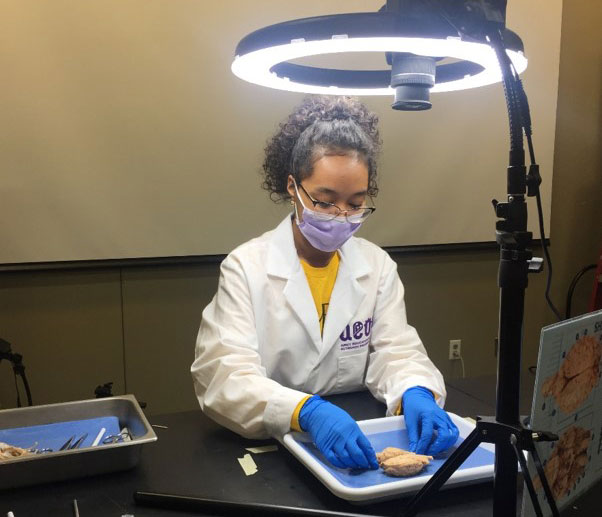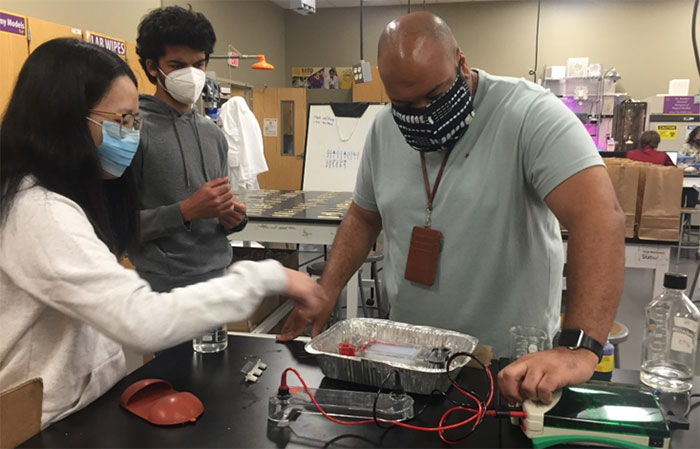WRAIR Charts Future of STEM with Funding Boost, Vision for Diversity

Earlier this month, the U.S. Army Medical Research and Development Command's Walter Reed Army Institute of Research was awarded a $1.8 million grant from the National Defense Education Program to fund an effort designed to increase diversity in science, technology, engineering and mathematics-related professional fields. The program, which is entitled "The Bridge – a Research and Mentorship Program," is designed to have a substantial and lasting impact on continuing efforts by the Army to develop a more diverse force.
"This is an opportunity to bring in a population of people who ordinarily don't get to see this type of science to begin with, let alone even consider it as a career path," said Dr. Debra Yourick, director of Science Education and Fellowship Programs at WRAIR. "It's an untapped population in some ways, so it's a way to capture new interest in STEM."
The program, which builds upon the institute's involvement – as well as other USAMRDC labs – with the annual summertime Gains in the Education of Mathematics and Science program, will specifically work with Historically Black Colleges and Universities to recruit seniors and recent college graduates into mentored internships in WRAIR laboratories. These fellows will, in turn, act as near-peer mentors to the high school research interns who have completed the advanced levels of the GEMS program. In all, the funding will give WRAIR the unique opportunity to provide participants with high-impact research opportunities in U.S. Department of Defense labs while also promoting STEM careers in general among historically underserved populations.
"It's a win-win for the labs and the interns, because it provides the opportunity to increase equity and to provide participants with high-caliber research opportunities in DOD labs," said Dr. Brittany Swift, a WRAIR neuroscientist and National Academies research associate who will lead the implementation of the NDEP grant. "And in turn, the labs are receiving interns who are pre-trained by our staff, who are bringing their own funding and who are able to mentor high-school participants."

The funding itself – which will be dispersed across a three-year term – fills an emerging gap for the DOD. While between 60-70 percent of all participants in WRAIR's GEMS program are traditionally from underserved communities, statistics show that, as recently as 2018, Hispanic and African American students earn only six percent of STEM doctoral degrees, according to Swift. In an effort to increase diversity and minority participation at WRAIR laboratories, the team at WRAIR has already identified Morgan State University and Bowie State University – both of them local, historically black universities – as the main university partners in the effort.
"Just over the last ten years that I've been here, it's been great to see the expansion of STEM education outreach, and so the grant that we've been working on has really been trying to fill those gaps," said Dr. Laura Tenenbaum, a psychologist and STEM researcher at WRIAR. "We have this great, successful summer program in GEMS – but what happens after the students finish that?"
For the Yourick and the team at WRAIR, the ultimate goal is to continue to engage students after they complete their respective GEMS efforts, thereby making them aware of the opportunities available in STEM fields and, by association, federal service as well.
"We need to enhance our U.S.-born scientific community at all levels, and that's what this is about," said Yourick, who encourages other USAMRDC labs to apply for available NDEP funds as well. "We want to be a resource to help others within the command find success in similar ways."














